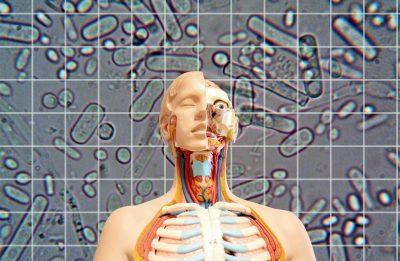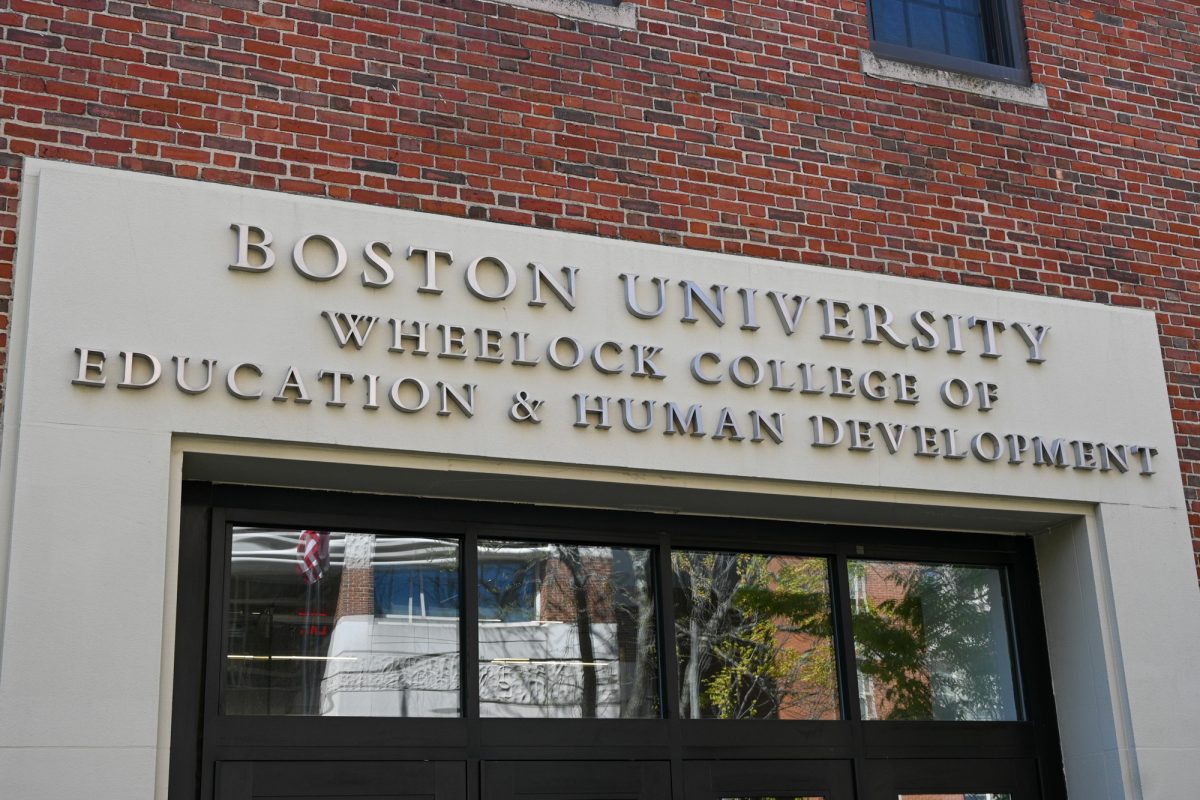While aging currently coincides with a myriad of chronic health conditions — thanks to Dr. David Sinclair’s lab at Harvard—age may soon really be just a number.

In their landmark paper “Loss of Epigenetic Information as a Cause of Mammalian Aging,” the Sinclair lab proposes a new theory of aging and a mechanism of action, along with evidence of effectively reversing it.
Sinclair’s information theory of aging argues that the loss of epigenetic information — rather than genetic mutation — is the primary driver of aging. While genetic information is our actual DNA sequence – the code used to develop all aspects of our body – epigenetic information is what regulates how it is read, determining how much – or how little – of different proteins is made. Whereas genetic mutations directly alter the sequence of our DNA – our genetic code – epigenetic alterations are reversible and only affect how our body interprets the DNA.
Every cell in our body — with select exceptions — carries the entirety of our genetic code, but for our body to function we need different cells to “specialize” for specific functions. The epigenetic information on our DNA enables cells to differentiate from one another.
However, as the Sinclair Lab proposes, the specific process of aging results from a process called relocalization of chromatin modifier (RCM) which erodes epigenetic information, preventing our cells from reading DNA as intended. When this happens, our cells go through an identity crisis, becoming “ex-differentiated.”
RCM seems to happen during the normal repair process of DNA. The type of damage most linked to aging is double-stranded DNA breaks (DSBs). Considering this, the Sinclair lab derived a procedure to induce DSBs in mice cells without causing mutation, with the intent of inducing RCM. The system they derived, named ICE (inducible changes to the epigenome), is both incredibly complex and interesting.
The Sinclair lab deployed a cocktail of proteins that create DSBs with fewer mutations than other damage-stimulating techniques. If epigenetic information is responsible for cellular aging, cells treated with ICE should be older— and this was exactly the case. ICE cells were 1.5 times epigenetically older than the control.
The Sinclair lab then moved to testing in vivo, with one group of mice receiving ICE treatment, and one group as a control. 10-months post-treatment, ICE mice showed many hallmark signs of aging, including unhealthy kidneys, gray, thinning hair and declined central nervous system function.
After 16 months the ICE mice overall had significantly less muscle mass than the control, and their remaining muscle was notably frail. ICE mice expressed very similar epigenetic changes to naturally aged mice, effectively having become biologically-elderly while being chronologically-young.
Most incredible is the fact that these changes are reversible! Sinclair’s team successfully reset the epigenetic changes in live mice using Yamanaka factors, proteins involved in the creation of stem cells, resulting in up to a 57% reversal of the aforementioned symptoms of biological aging.
The findings from this paper certainly have the potential to revolutionize human healthspan and lifespan — but if epigenetic age reversal ends up being successful in humans, there is clearly potential for a myriad of social benefits, but also significant environmental risks.
The most apparent benefit of this technique will be its ability to drastically improve the quality of life in old age. While modern medicine has made it possible for individuals to live well into their eighth, ninth, and even tenth decades, quality of life significantly deteriorates for most older individuals. Whether it be cognitive or physical impairment, the majority of elderly individuals, especially in the U.S., have some form of a chronic condition.
The large majority of healthcare costs arise from the management of chronic illness, placing a significant financial burden on affected families. If age reversal technology is accessible, a significant portion of costly care for chronic illness will no longer be necessary.
Subsequently, epigenetic age reversal, could also unintentionally prompt overpopulation, which puts a strain on Earth’s natural resources and worsens climate change.
While it’s very hard to speculate, it is reasonable to assume that the increased lifespan and healthspan from reversing epigenetic age could generally encourage environmentally harmful practices like overconsumption and capitalism.
Although the reduction in suffering for the elderly and their families would be an amazing social improvement, we must consider the detrimental impact this type of technology may have on our planet. I feel it is essential for the scientific community to first improve our ability to keep the environment healthy before we drastically expand human health and lifespan.


















































































































Sami • Mar 27, 2023 at 4:10 pm
This is such a great point and I definitely agree with you